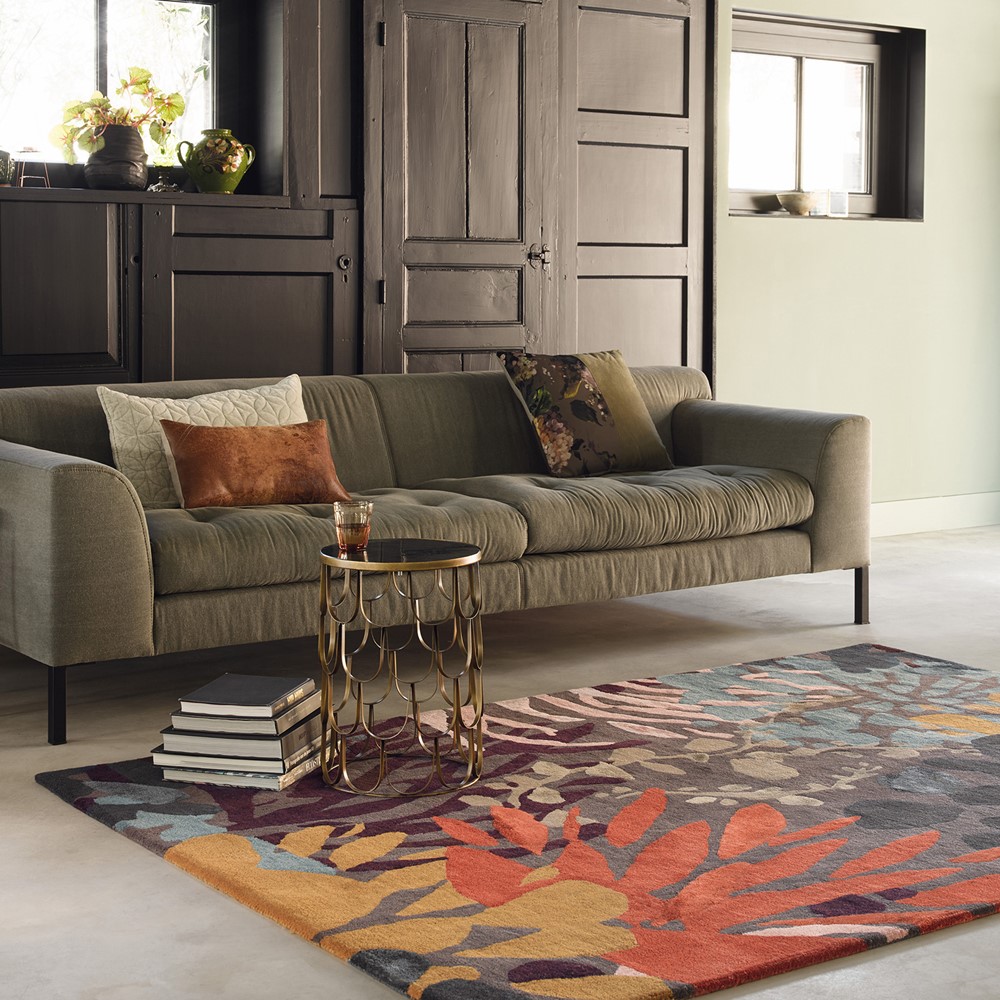Understanding Spatial Symphony
What is Spatial Symphony?
Imagine walking into a room where every element feels perfectly in place, where colors, textures, and layouts harmonize like instruments in an orchestra. That’s spatial symphony—the artful orchestration of design elements to create visually stunning and functionally effective spaces.
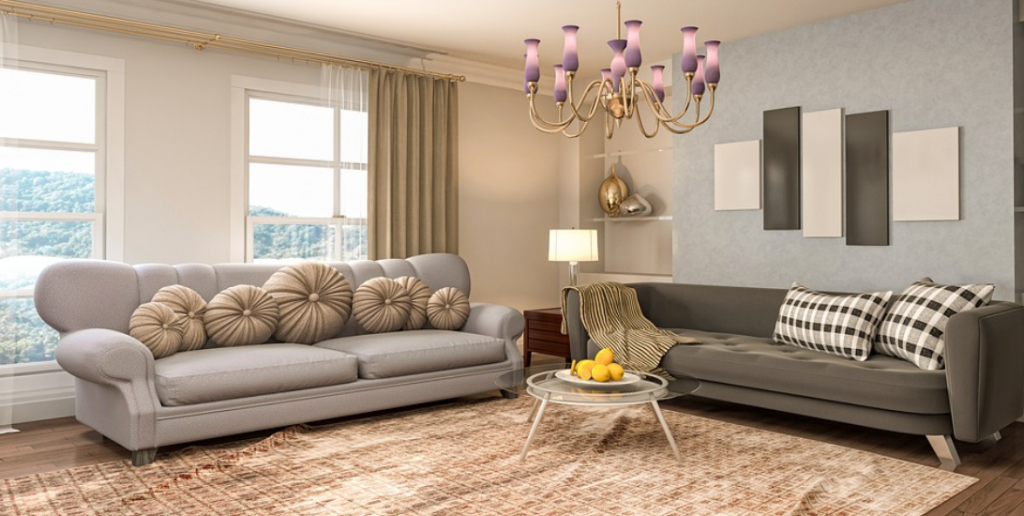
The Importance of Spatial Harmony
A well-balanced space enhances comfort, productivity, and overall well-being. Whether in a home, office, or public area, achieving spatial harmony ensures the environment is not just beautiful but also purposeful.
Key Elements of Design in Spatial Symphony
Balance and Proportion
Just as music relies on rhythm, spatial design depends on balance and proportion. Properly scaled furniture and well-distributed visual weight create a sense of equilibrium in any space.
Contrast and Emphasis
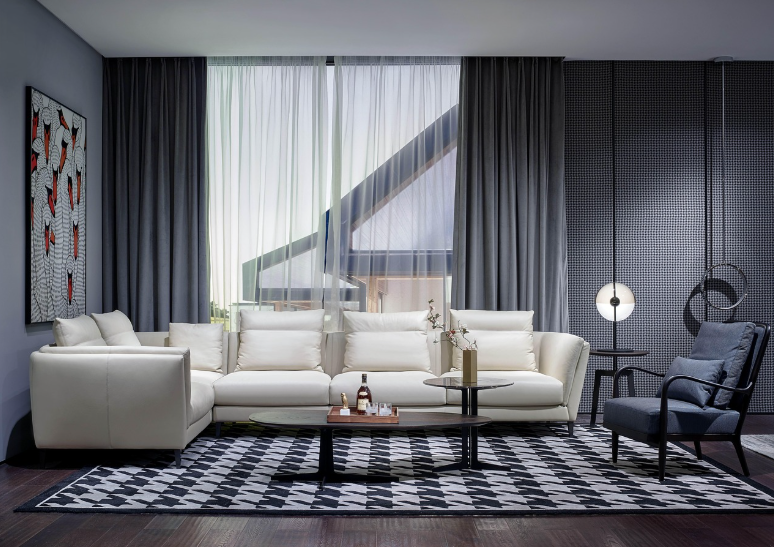
Contrast—through color, texture, or shape—adds drama and intrigue. A statement piece or bold accent wall can serve as a focal point, drawing attention while maintaining cohesion.
Rhythm and Repetition
Repetition of patterns, colors, or forms guides the eye smoothly through a space, much like a melody carries a song forward.
Unity and Variety
While unity ties elements together, variety prevents monotony. The trick is to balance consistency with interesting details that keep the space dynamic.
The Role of Color and Lighting
Color Psychology in Space Design
Colors influence mood—blues and greens evoke calmness, while reds and yellows energize. Choosing the right palette sets the desired emotional tone of a space.
How Lighting Enhances Spatial Symphony
Natural light opens up a space, while layered artificial lighting—ambient, task, and accent—adds depth and dimension.
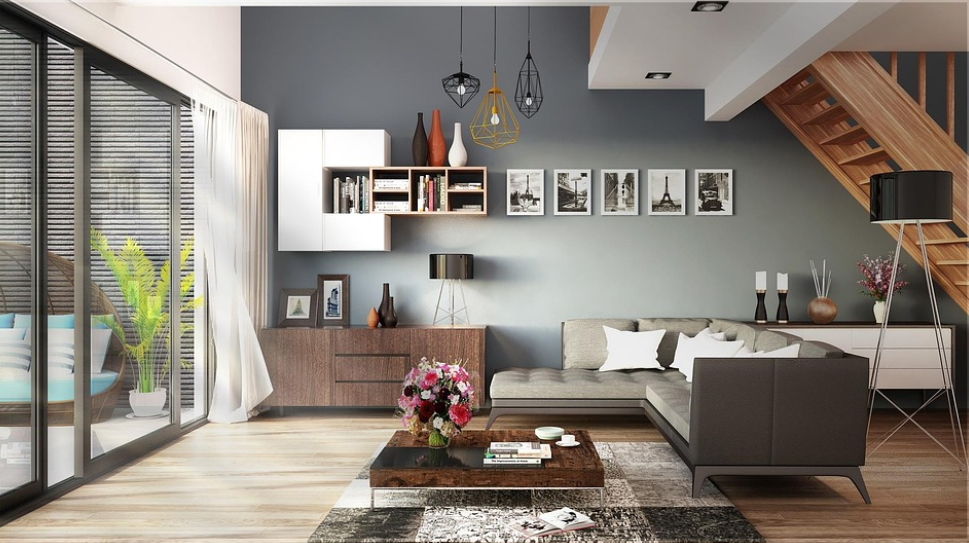
Textures and Materials in Spatial Design
The Tactile Experience
Textures affect not just aesthetics but also how a space feels. Soft fabrics create warmth, while metals and glass add sleekness.
Mixing Materials for Aesthetic Appeal
Combining wood, stone, and textiles adds richness and contrast, making the space more inviting and visually engaging.
Furniture and Layout as Design Conductors
Choosing the Right Furniture
Furniture should complement the space’s size and function. Multi-functional pieces work best in smaller spaces, ensuring practicality without compromising style.
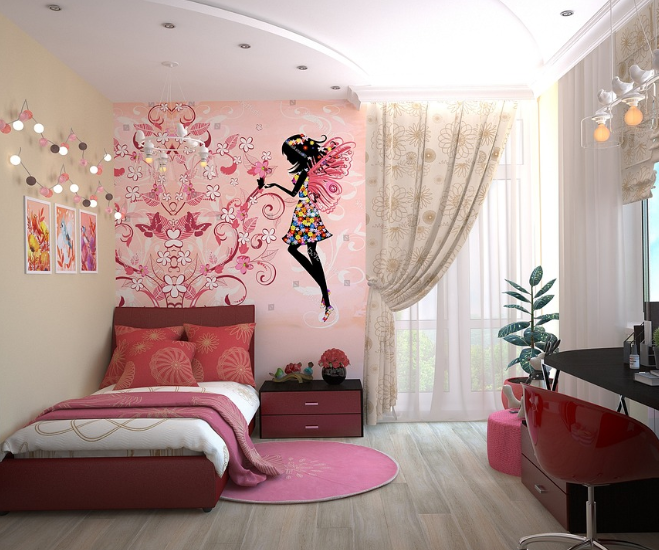
Arranging Spaces for Flow and Functionality
An intuitive layout enhances movement and usability. Open floor plans, clear pathways, and well-placed furniture contribute to seamless navigation.
Incorporating Nature and Biophilic Design
The Power of Green Spaces
Plants improve air quality and bring life into interiors, fostering a connection with nature.
Natural Elements in Modern Interiors
Stone, wood, and water features create a soothing ambiance, blending indoor and outdoor elements harmoniously.
Technology’s Role in Spatial Design
Smart Design and Automation
From smart lighting to automated climate control, technology enhances convenience while maintaining aesthetic appeal.
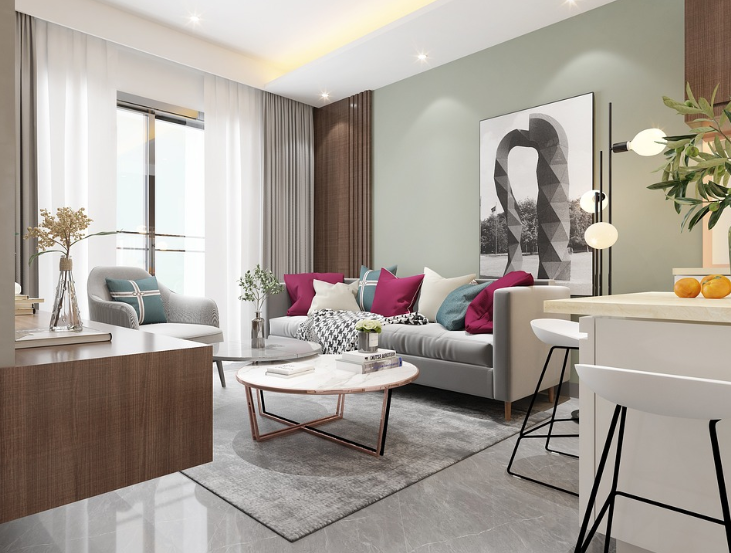
Virtual Reality in Space Planning
VR tools allow designers to visualize and refine spaces before implementation, ensuring optimal results.
Cultural and Historical Influences on Space Design
Traditional vs. Contemporary Design
Cultural heritage influences design choices, blending time-honored aesthetics with modern functionality.
Global Inspirations in Spatial Symphony
Japanese minimalism, Scandinavian simplicity, and Mediterranean warmth all offer unique perspectives on spatial design.
Common Mistakes to Avoid in Spatial Design
Overcrowding and Clutter
Too many elements create chaos. Minimalism often enhances space perception and functionality.
Ignoring User Experience
A beautiful space should also be comfortable and practical. Functionality must always be a priority.
Practical Tips for Mastering Spatial Symphony
Start with a Clear Vision
Define the purpose of the space and align design elements accordingly.
Experiment and Adapt
Design is fluid—test layouts, mix textures, and refine details to achieve the perfect balance.
Spatial Symphony is about more than just aesthetics—it’s about crafting an experience where form meets function in perfect harmony. By understanding design principles, embracing textures, and utilizing lighting effectively, anyone can orchestrate a space that sings.


